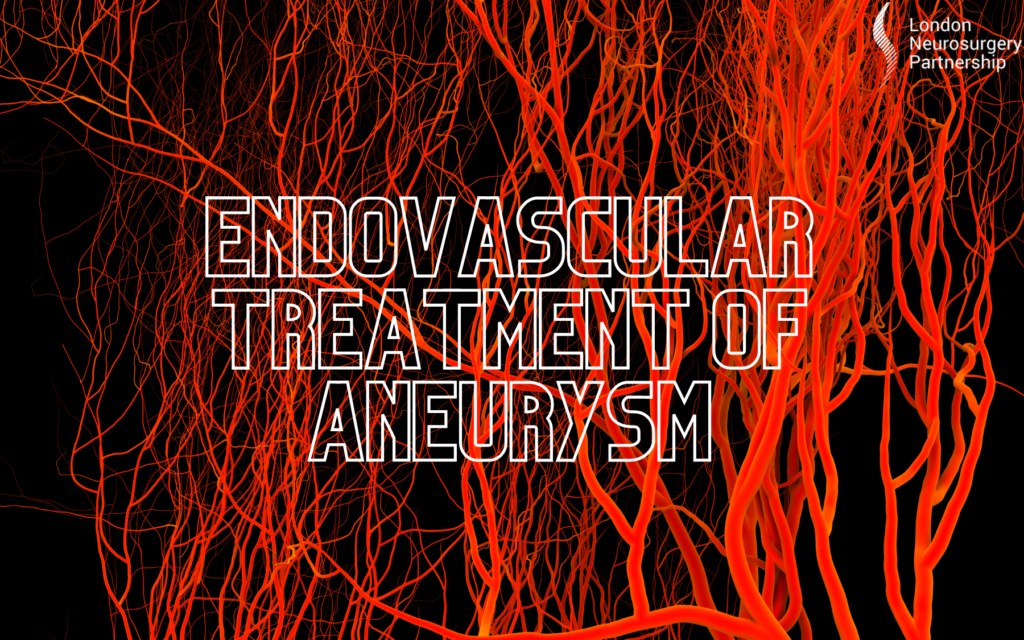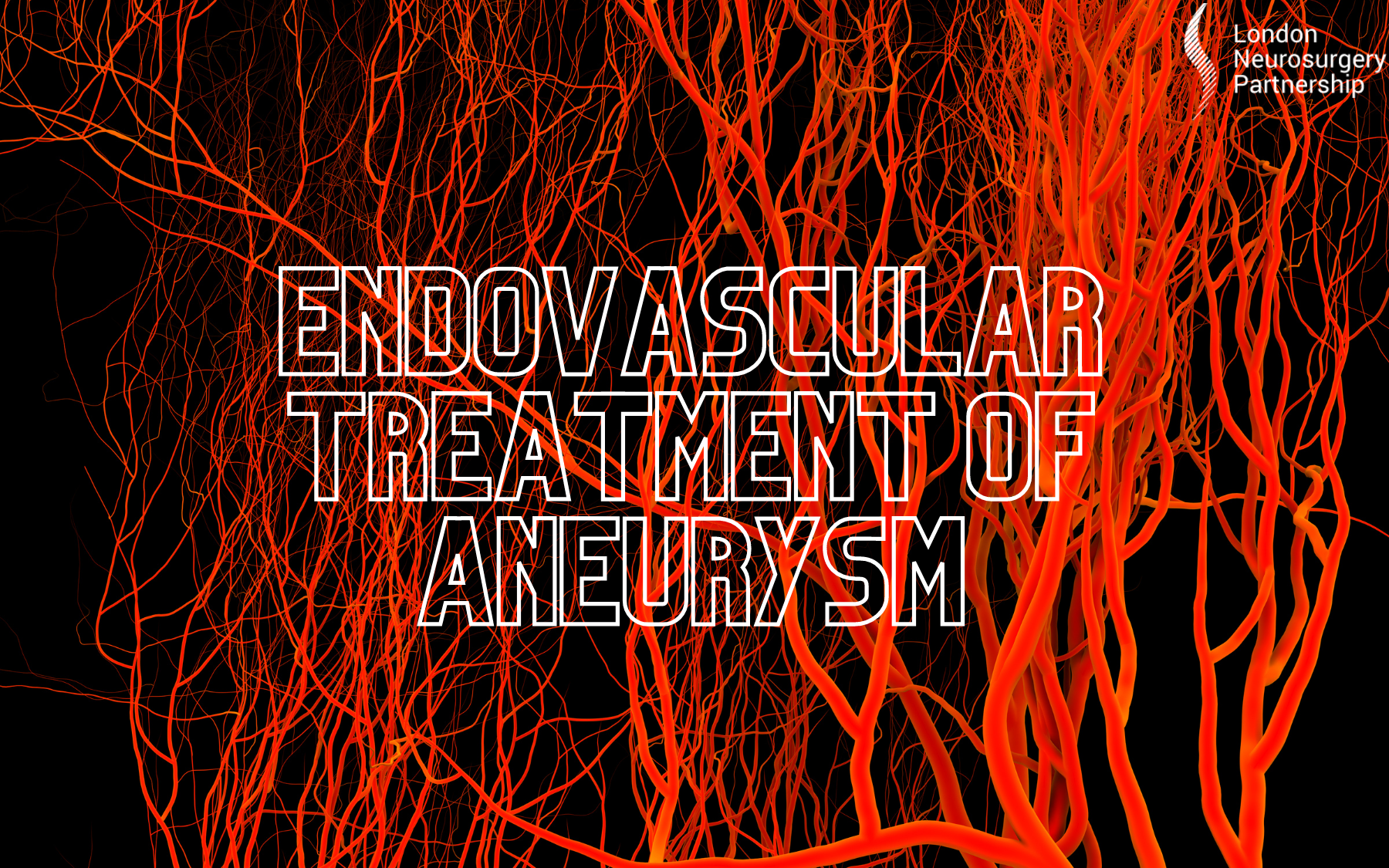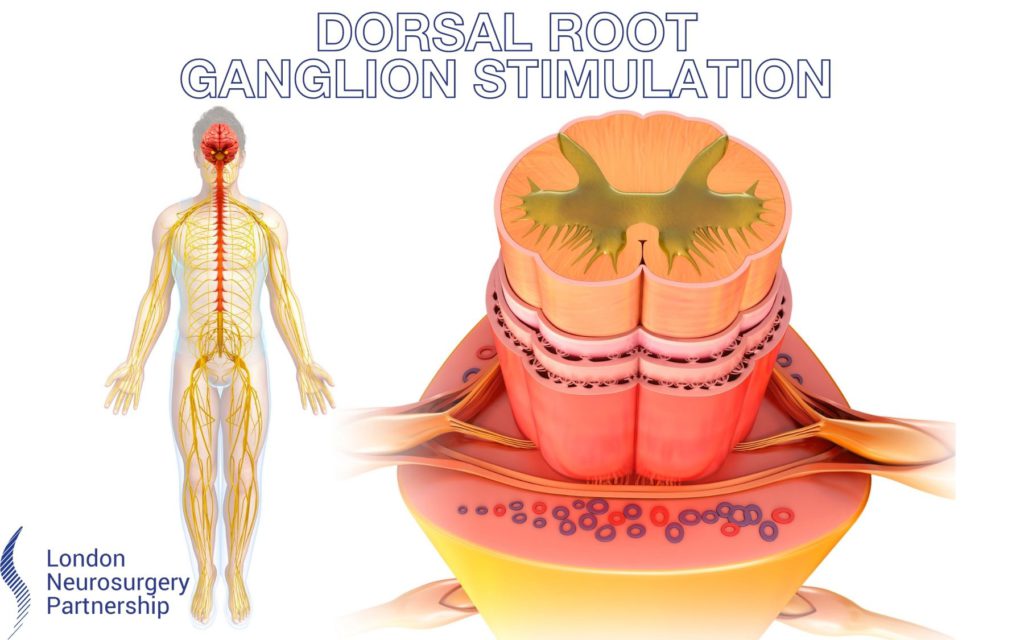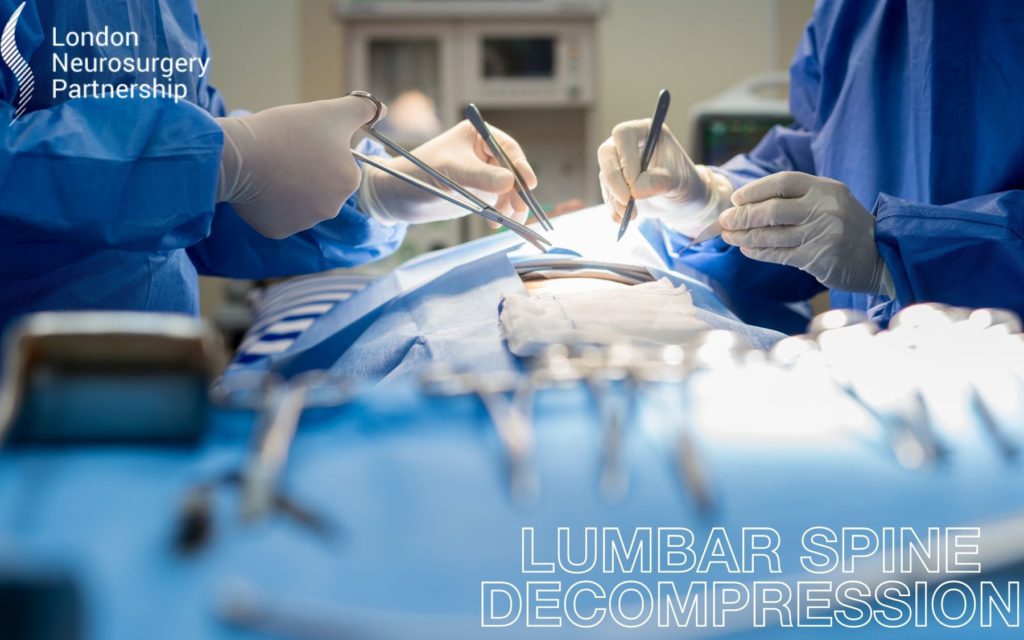
Endovascular treatment of an aneurysm or coiling is a procedure used to treat an aneurysm. Aneurysms can develop in any blood vessel in your body but the brain (cerebral) arteries are affected in approximately 1% of the population. A brain aneurysm is a weak or thin spot on an artery in the brain that balloons or bulges out and fills with blood. As a result, the bulging aneurysm can put pressure on the nerves or brain tissue.
Coiling or endovascular treatment is a relatively recent treatment for an aneurysm and has been used since 1991. It is a minimally invasive technique in that there is no incision in the skull at all to treat the aneurysm. Instead, a catheter is used to access the aneurysm in the brain. This catheter is passed from the groin up to the artery with the brain aneurysm in. Small coils are then released, these cause clotting of the aneurysm so prevent blood getting into the aneurysm. These coils are left in place permanently and depending on the size of the catheter, different numbers of coils may be needed to ensure it is sealed off completely. The coils that are used are made of platinum and are very small and thin (from less than one human hair width to 2 hair widths).
The whole procedure is performed under image guidance so the surgeon can accurately guide the catheter from the groin to the aneurysm via blood vessels. Following the procedure the patient usually remains in hospital for a night of observations before returning home. Usual activities can usually be resumed in a couple of days.
Your consultant will explain the procedure in detail to you before hand and answer any questions which you have. The hospital team will explain ahead of time whether or not you will need to avoid food and drink for a number of hours before the surgery. Like all surgical procedures this surgery does carry risks and your surgeon will go through these with you. Specific post-operative instructions will be given to you by your consultant and the nursing team.
This article is intended to inform and give insight but not treat, diagnose or replace the advice of a doctor. Always seek medical advice with any questions regarding a medical condition.






0 Comments